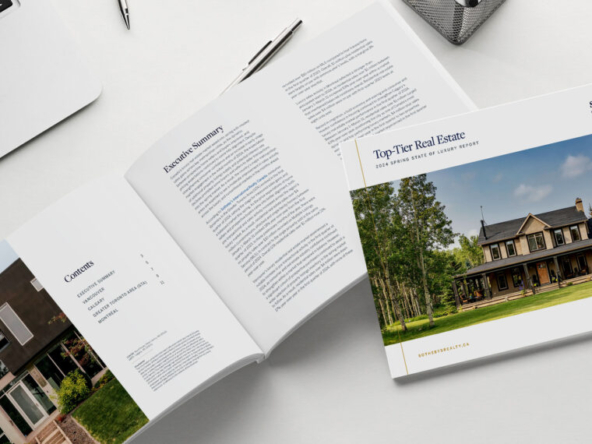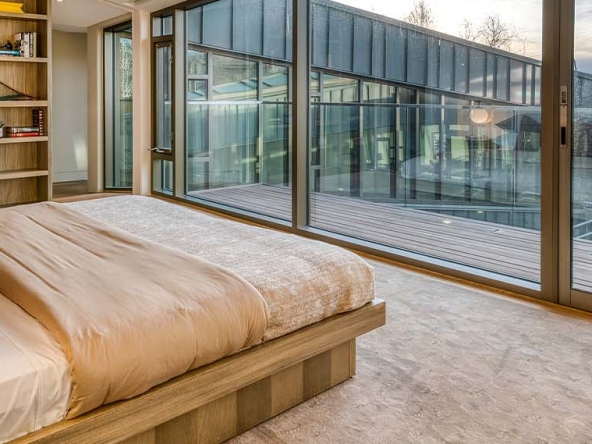
The smart city concept has been around for some years in distant countries like the UAE or South Korea, but none has been seen in North America so far. Even if the concepts were not a complete success over there, something similar will be tried in Toronto in the former industrial zone of Quayside.
The Quayside eastern waterfront is now a part of an ambitious project undertaken by Google’s parent company Alphabet and its subsidiary Sidewalk Labs. Welcome to the future of living with the high-tech industry determined to revolutionize urban planning by designing a smart neighbourhood which facilitates interaction, everyday activities, reduces pollution, reduces the need for energy and parking, and even has multi-purpose buildings.
The concept of energy-sustainable homes has already been introduced, and now, we can expect an entire neighbourhood devoted to the cause of eco-friendliness. The pilot project will be conducted on a 12-acre area, and some of the smart technology tests can already be expected this summer.
How Is The Smart Neighbourhood Envisioned?
The Quayside neighbourhood will consist of several layers. The bottom layer will be almost invisible (some underground) consisting of utility channels and infrastructure with delivery robots. The second level refers to the streets, while the last one will be a digital layer with all its sensors, a detailed neighbourhood map and a login platform that the citizens will have access to.
The digital layer will also serve as a sort of tracking device and monitor things such as inefficient electricity use, foot traffic, preferences, etc. The sensors will monitor pollution and traffic noise, but they will also collect certain data on residents to improve the design and service. This seems to be a problem for many Torontonians who want to specifically know what kind of data and how much the sensors will reveal about them personally, especially after the drama with Facebook and Cambridge Analytica. It’s still not certain how it will play out.
The plan also envisions eco-friendly sustainable buildings made of eco-friendly materials (like mycelium) and they’ll be able to be repurposed one day if need be. Insulation, solar panels, warming and cooling will be directed through the energy-recycling thermal grid that enables better energy retention. All homes will also be LEED certified.
As for the outside, a positive and green surrounding is high on the list. There will be numerous walking and bike trails and lots of green spaces. The developers hope for a car-free community and they will offer shared and autonomous transit shuttles, a method which would keep the streets safer and quieter and the carbon footprint lower. Cyclists will also be able to enjoy snow-melting bike paths in the winter season. To facilitate movement and mobility, adaptive traffic lights that prioritize cyclists are on the agenda as well. Parking lots will become redundant, leaving more space for other projects, like more shops or a sidewalk extension.
Toronto’s smart city neighbourhood will target mixed-income residents with normal affordable prices, but knowing the Toronto market, it might be difficult to keep prices moderate when demand is high.
If you’re considering investing in a new condo, browse our now selling pre-con listings.




